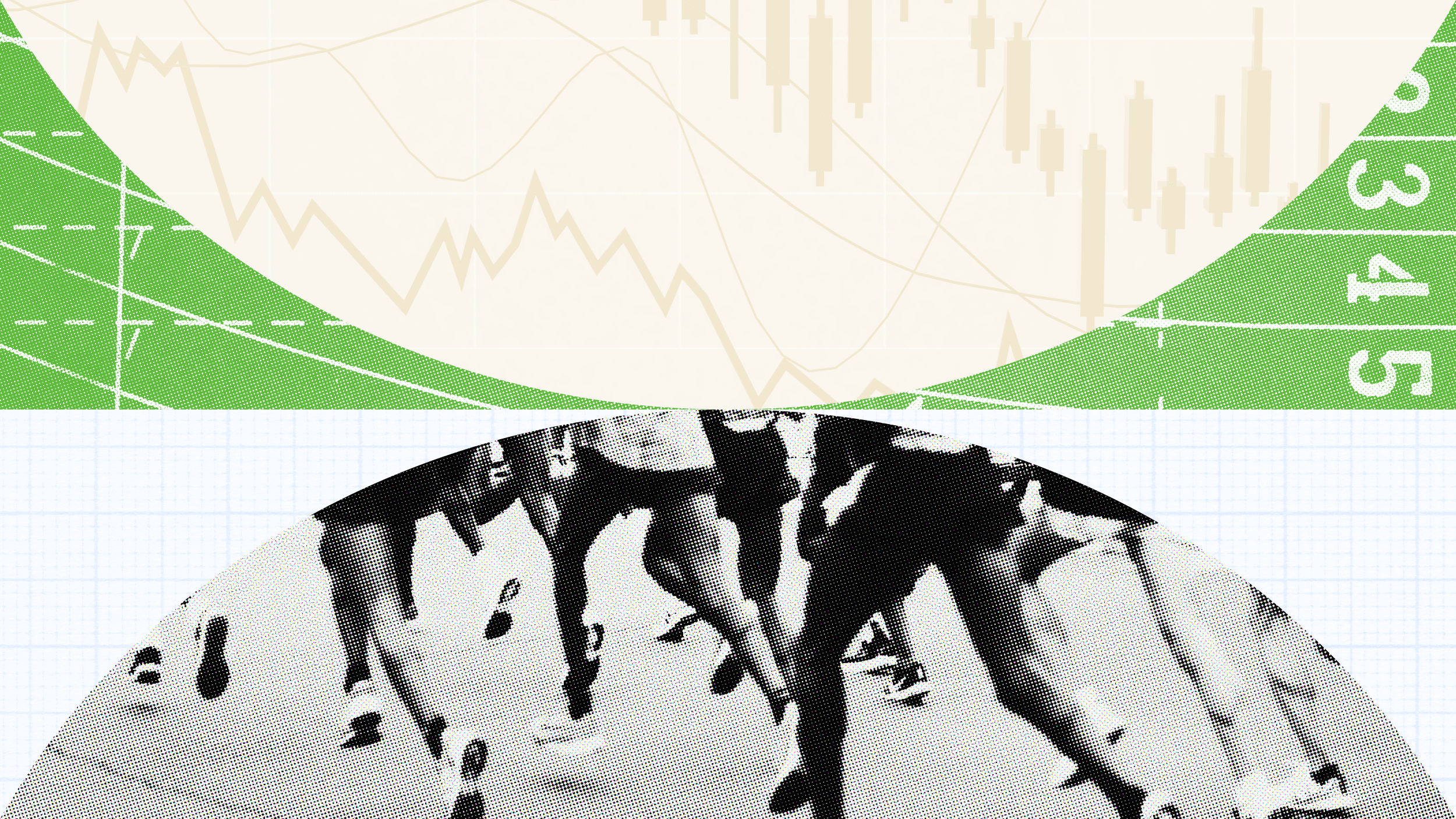Cembalest, on the pressure of the bottom line on the artist, and the art markets.
Question: How can collectors distinguish between hype and value?
Robin Cembalest: The thing about value is that the value do you mean the value now or what value it might be in 5 years, because the value now is what somebody is willing to pay for this thing. There’s contemporary paintings that coming out of studios that are going for $2 million, I guess that is what they are valued, if there is 10 people that want to buy that picture, whether those pictures are going to be worth $2 million, in 5 years or $50,000 is a big question.
Question: Is there too much pressure for the artist to produce for the market?
Robin Cembalest:I think that there is some pressure on some artist to produce for the market. There are so many artists out there doing so many different things, but some of them have their own markets totally separate from these galleries and these fairs or some of them have their markets where they are selling their work to a certain group of collectors out of the gallery, the gallery doesn’t even go to fairs. These are million art markets out there, people act like there is one market, there is not.
Question: What are the differences in art markets?
Robin Cembalest: All right. So, on the one hand you might have a person who is making art in their studio, who doesn’t even have a gallery. There are people in New York many, many artists do not have gallery and they have some people that are interested in their work, may be a few collectors and they are selling the work out of their studio. Then you have got the artist that have galleries, normally the gallery represents the artist that do a few shows, for the artist that they also do the business of promoting, they maintain achieve. So, if somebody want to picture, you pull the gallery and not the artist, for that they take their percentage which varies, so the gallery - the advantage of that of course is that if somebody comes to the gallery to see one thing then the dealer can pull out the other thing saying “well, if you like this, you love this” and it expands the market if curators come in who are doing for example a group show in landscape, the dealer can say “Oh, what have you seen this,” this is why the dealer getting their cut, presentably. There is a whole tear of galleries that do not even go to the art fair. I think what you are seeing though in terms of the larger market is in that what we are hearing is that a lot of collectors don’t want to buy the tear of $15,000 works, because they don’t think it is worth anything unless it is 100. So, it’s not really a case where the writing rising tide is lift in all above, so then you have the tear of the galleries that is doing various shows, so they might do Basso, Basso Miami, the armory they may do for even London, if they are working with artist and they want to bring work by artist to those fairs, certainly the artist might feel pressure to produce more work, whether it is a pictures. May be they are go to start to do print series just to get something out there, because the collectors want it.
Recorded: 1/14/08





